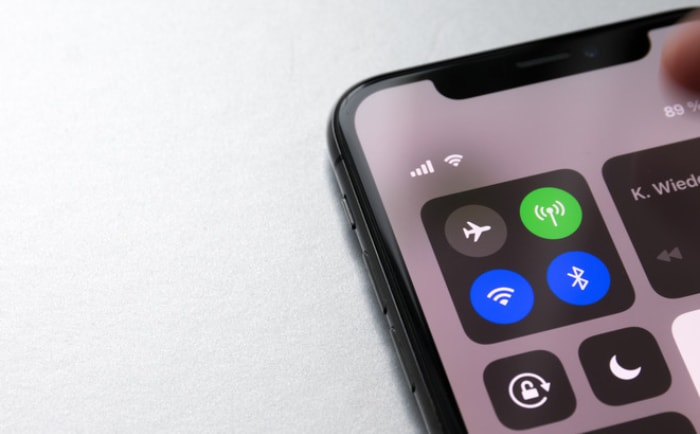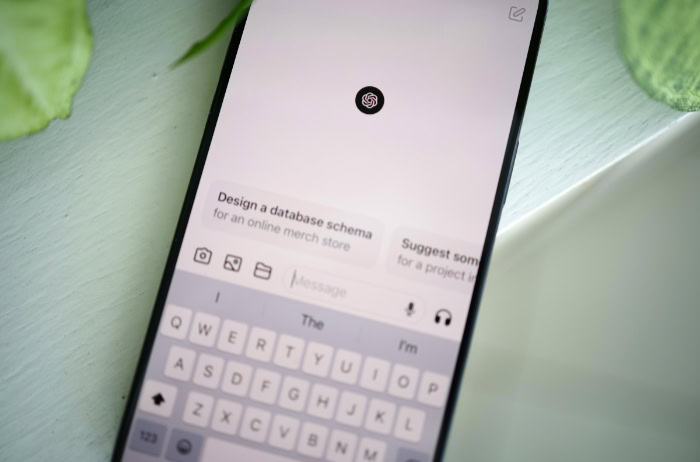Wired vs. Wireless Headphones: Choosing Freedom or Fidelity
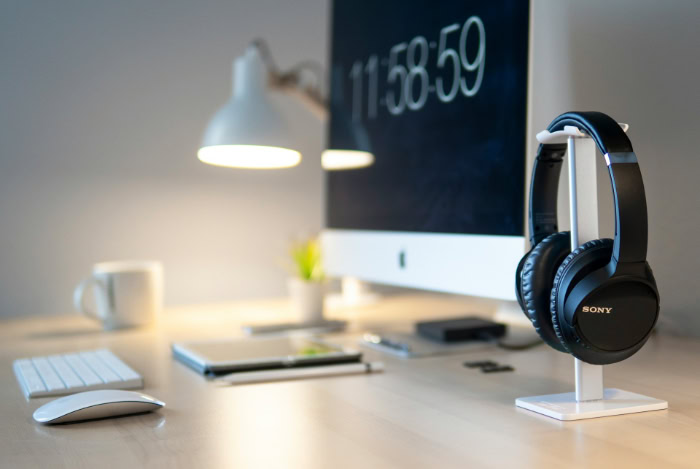
Audio technology presents a modern dilemma for every listener. Do you prioritize the proven reliability and pure sound of traditional wired headphones, or the liberating convenience of a wireless connection? This choice pits maximum fidelity against ultimate freedom of movement.
This guide exists to simplify that decision. By breaking down the essential differences across five critical areas, from audio quality and battery life to connectivity and cost, you can confidently determine which style best aligns with your personal priorities, budget, and daily activities.
Audio Quality: The Battle for Your Ears
For many, the first and most important question about any pair of headphones is simple: How do they sound? The debate between wired and wireless begins here, as the method of signal transmission directly influences the purity of the audio that reaches your ears. One path offers a direct, unaltered signal, while the other performs a complex digital dance to send sound through the air.
The choice you make will fundamentally shape your listening experience.
The Wired Advantage
A physical cable provides a direct, stable pipeline from your audio source to the headphones. This connection transmits the complete, uncompressed audio signal without any data loss or alteration along the way.
Think of it as a private highway for sound information. This method ensures that you receive the audio with maximum potential fidelity, capturing the full dynamic range and subtle details of the original recording.
With a wired connection, the sound quality is limited only by the quality of the source file and the capability of the headphones themselves, not by the transmission method.
The Wireless Compromise
Wireless audio operates on a different principle. To send sound over a Bluetooth connection, the data must first be compressed into a smaller package.
This job is handled by an audio codec, which is essentially a compression and decompression program. Both your device and your headphones must support the same codec to communicate.
The most universal is SBC, which gets the job done but offers the most basic sound quality. Better codecs like AAC (favored by Apple) and the various aptX standards (common on Android and Windows) significantly improve fidelity.
At the top end, LDAC and aptX HD attempt to transmit near-high-resolution audio, closing the gap with wired performance. Ultimately, the quality of your wireless sound is determined by the codecs supported by your hardware.
The Real-World Difference
So, how noticeable is this quality gap in daily use? For the average listener enjoying streamed music on a noisy train or during a workout, the distinction can be negligible. The background noise of the environment often masks the subtle details lost during compression.
In these scenarios, the benefits of wireless freedom usually outweigh any minor drop in audio fidelity. For an audiophile, however, listening to high-resolution files in a quiet room, the differences become much clearer.
They might perceive a less expansive soundstage or a slight lack of clarity in complex musical passages when using wireless. The gap truly matters most in quiet, critical listening environments where every nuance is meant to be heard.
Daily Convenience & Usability
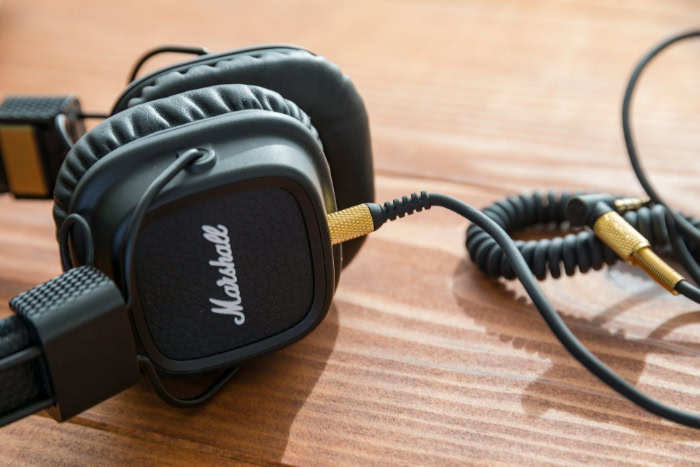
Beyond pure audio performance, how a pair of headphones fits into your daily life is a huge consideration. Your routine, from commuting and working to exercising and relaxing at home, will expose the practical strengths and weaknesses of each type.
The choice often comes down to a trade-off between absolute freedom and absolute reliability.
Freedom of Movement vs. Physical Tethers
Wireless headphones offer a sense of unrestricted mobility that is difficult to overstate. You can leave your phone on a desk while you walk across the room, do chores around the house without getting tangled, or navigate a crowded subway car without a cable to catch on a stranger's bag.
For many, this freedom from physical tethers is the single most compelling reason to cut the cord. Wired headphones, by contrast, demand that your audio source stays close.
Their cables can get caught on doorknobs, snag on gym equipment, or become a tangled mess in a pocket or bag. This constant physical link can feel restrictive during active use.
The Battery Question
The freedom of wireless technology is powered by a finite battery. This introduces a new responsibility: keeping your headphones charged.
Forgetting to charge them overnight can lead to a silent commute or a workout without a soundtrack. While modern wireless headphones offer impressive battery life, it is still a limited resource that will eventually run out.
Wired headphones have no such limitation. They draw power directly from the device they are connected to, offering a simple, plug-and-play experience.
As long as your phone or laptop has power, your headphones will work, providing unlimited listening time without any need for recharging.
Connectivity & Compatibility

How you connect your headphones to your devices has changed significantly over the years. What was once a simple matter of plugging into a universal port has become a more complex decision.
One approach offers time-tested reliability facing new challenges, while the other provides wireless universality with its own set of procedural steps.
The State of Physical Ports
For decades, the 3.5mm headphone jack was the undisputed universal standard. Its simple, sturdy design offered immediate, reliable audio on nearly every phone, laptop, and audio player.
That reality has shifted. Many modern smartphone manufacturers have removed the 3.5mm jack to save internal space or push users toward wireless alternatives.
For owners of wired headphones, this creates a new hurdle: the adapter, commonly called a dongle. Using a USB-C or Lightning to 3.5mm adapter adds another component that can be easily lost, forgotten, or damaged, introducing a point of failure to an otherwise simple connection.
The Bluetooth Ecosystem
Bluetooth has become the universal language of wireless devices. The initial setup, known as pairing, requires you to make your headphones discoverable and select them from your device's Bluetooth menu.
Once paired, the headphones will typically reconnect automatically to the last used device whenever they are turned on. This process is generally seamless for single-device users.
However, switching between multiple gadgets, like moving from a laptop for a video call to a phone for music, can sometimes be clumsy. It might require you to manually disconnect from one device and reconnect on the other.
While some advanced headphones offer multi-point technology to maintain simultaneous connections, it is not yet a standard feature across all models.
Performance for Specific Activities

The ideal headphone often depends heavily on the specific task at hand. The requirements for competitive gaming are worlds apart from the needs of a runner or a sound engineer.
Examining how each headphone type performs under the unique pressures of different activities can quickly clarify which is the right tool for your specific use case.
For Gaming & Video
When visuals and audio must be perfectly synchronized, latency becomes the most important performance metric. Latency is the delay between when an action happens on screen and when you hear the corresponding sound.
Wired headphones excel here, offering a near-zero latency connection because the audio signal travels instantly through the cable. This is vital for competitive gamers who rely on immediate audio cues like footsteps or for watching videos without distracting lip-sync issues.
Wireless headphones inherently have some delay due to the time it takes to compress, transmit, and decompress the audio. While often unnoticeable for music, this lag can be disruptive for gaming and video.
Some specialized wireless systems combat this with low-latency codecs, but both the headphones and the source device must support the technology to see the benefit.
For Exercise & Active Lifestyles
For any form of physical activity, the absence of a cable provides a significant advantage. Wireless headphones offer complete freedom of movement, which is essential whether you are at the gym, on a run, or cycling.
There is no cord to get tangled in equipment, catch on your arms, or pull your phone from your pocket. Many wireless models built for sports also incorporate features like secure-fit ear hooks or wings and carry official sweat and water-resistance ratings. In contrast, the physical tether of a wired headphone is often impractical and frustrating during a workout, making wireless the clear winner for most active users.
For Professional & Critical Listening
In professional settings like recording studios, wired headphones are the industry standard for a few non-negotiable reasons. Audio engineers and music producers require zero-latency monitoring to ensure the sound they hear is perfectly in sync with the performance they are recording or mixing.
Any delay would make precise editing impossible. Furthermore, these professionals need to hear the purest, most accurate version of the audio.
A direct, wired connection transmits the uncompressed signal without any of the sonic alterations that can be introduced by Bluetooth codecs. This accuracy is essential for making critical decisions about equalization, effects, and the overall mix.
Cost & Long-Term Value
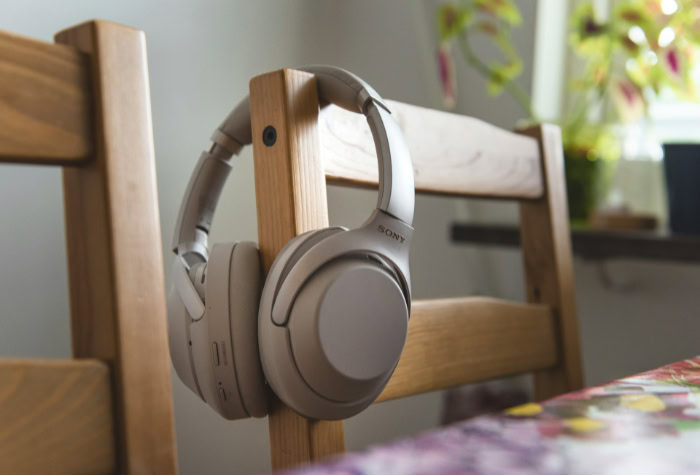
A headphone's value is measured by more than just its price tag. It involves considering the initial investment alongside its expected lifespan and potential points of failure.
Both wired and wireless models present different equations when it comes to cost and long-term durability, influencing which offers better value for your specific needs.
Initial Purchase Price
As a general rule, if you compare a wired and a wireless headphone at the exact same price point, the wired model will almost always provide superior sound quality. The reason for this is straightforward.
The cost of a wireless headphone includes not only the speakers and housing but also the battery, Bluetooth receiver, onboard amplifier, and other complex electronics. In a wired headphone, the entire budget is dedicated to the components that produce sound.
This means your money goes further toward pure audio performance, allowing for better drivers and acoustic design.
Lifespan & Durability
The long-term durability of each type is defined by its most common point of failure. For wired headphones, the weak link is almost always the cable.
Over time, frequent bending, pulling, and wrapping can cause the internal wires to fray or the connection at the jack to weaken and fail. While some high-end models offer replaceable cables to solve this problem, for most consumer headphones, a broken cable often means the end of their life.
Wireless headphones are immune to cable damage, but they face a different and more inevitable issue: battery degradation. The small lithium-ion battery inside has a finite number of charge cycles.
After a few years of regular use, it will hold significantly less charge, eventually rendering the headphones useless once the battery can no longer power them for a practical amount of time.
Conclusion
The decision between wired and wireless headphones comes down to a central trade-off. Wired models generally deliver superior audio fidelity and simple reliability at a lower price point, while wireless technology offers unmatched convenience and freedom of movement.
There is no single correct answer. The best choice is entirely personal, depending on what you value most. An audiophile seeking audio purity, a professional requiring accuracy, or a gamer demanding zero latency will find their needs best met by a wired connection.
Conversely, for an active commute or tangle-free exercise, the convenience of wireless is invaluable. The ideal headphone is simply the one that aligns with your priorities.

